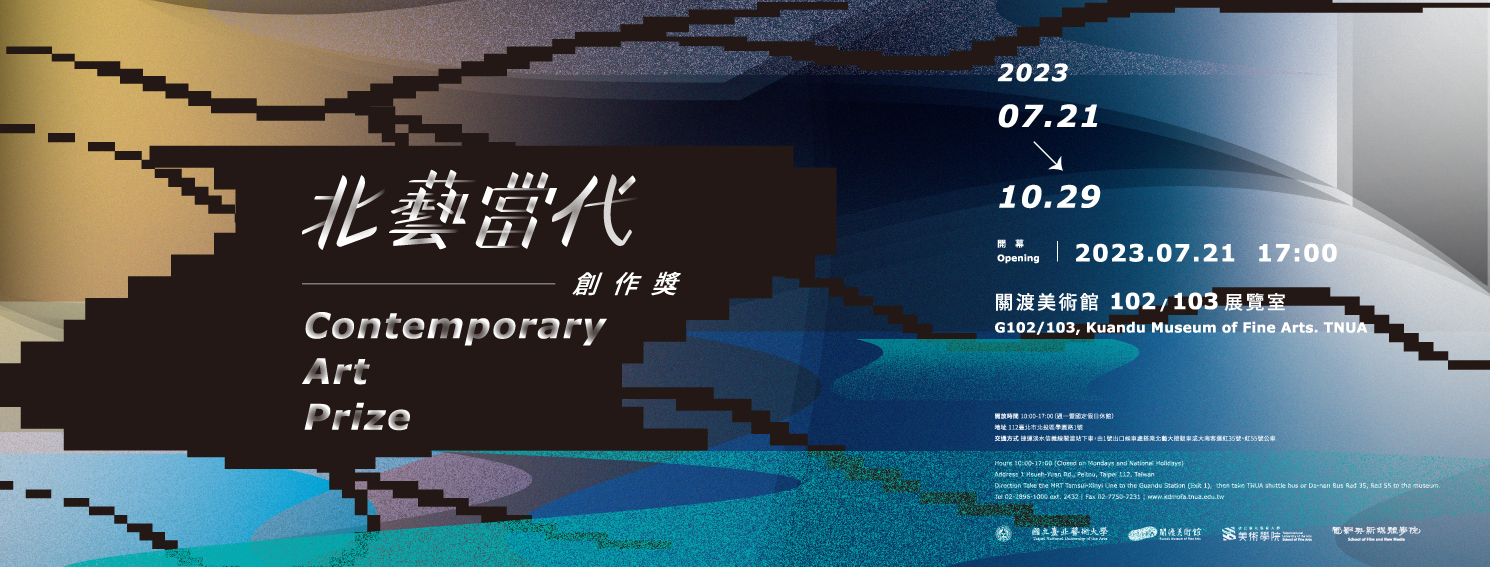TING, Chang-En/TSAI, Cheng- Hao
In the Dimly Lit Place
Light bulb, Photoresistor, Acrylic, Wood, Video installation
540*240*60cm
2023
In daily life, the applications of sensors are innumerable, with photoresistors being widely used for sensing light. When a light-sensitive sensor forms a circuit with a light fixture, the "no light allows electricity, light emission resists electricity" interaction creates a subtle paradox of mutual opposition and even resistance.
The artwork focuses on the interlocking and restraining relationships produced by "light, sensing, and circuitry," and explores how components and individuals, systems, and structures form dialectical relationships when automatic sensing becomes the norm. Extending to the traces of daily life and life experiences, the work attempts to locate the nodes of contradictions and paradoxes within cognition, constructing a physical confrontation and writing a resonance of perception and experience.
As the light pours down, either gently or intensely, the pace of perception is always belatedly aware – realizing, in the end, that it is already at the dimly lit place.
